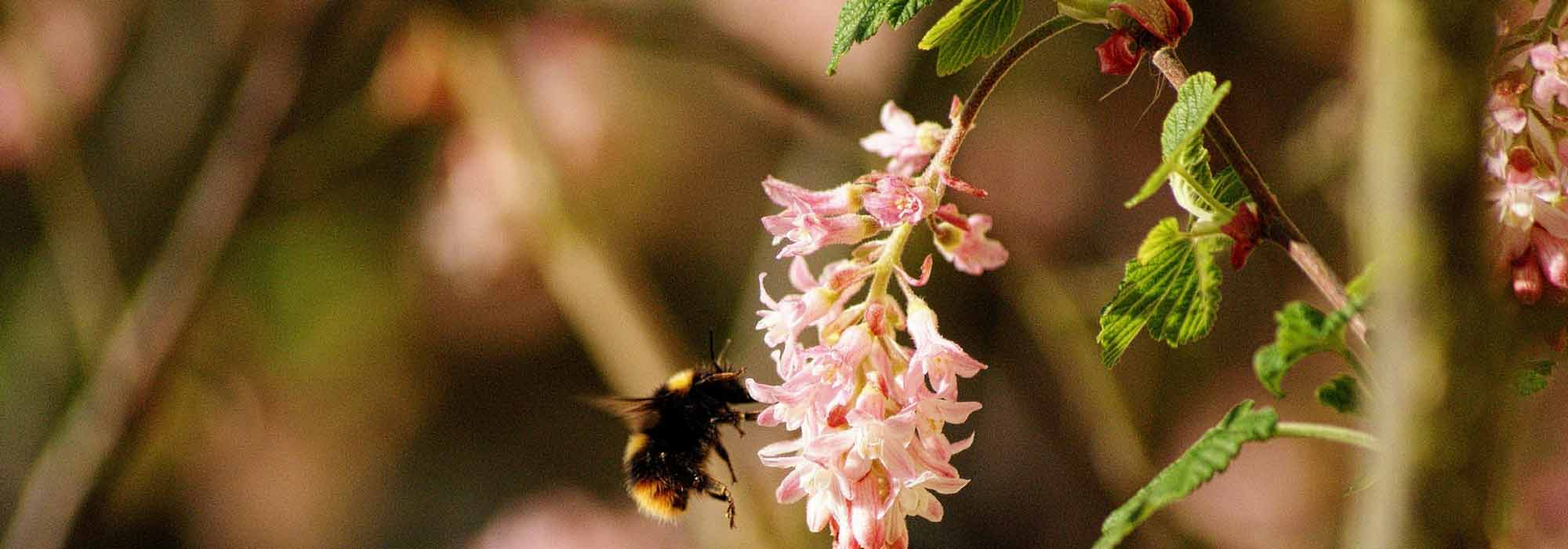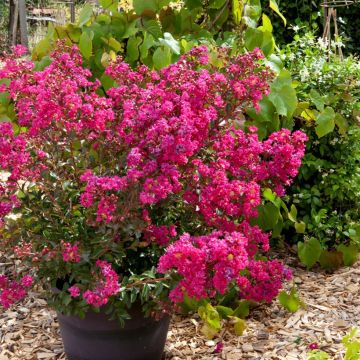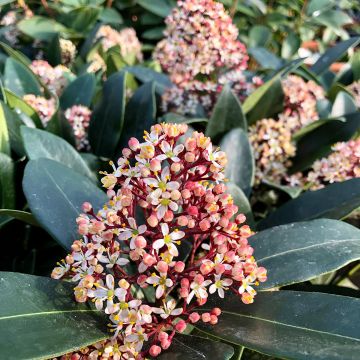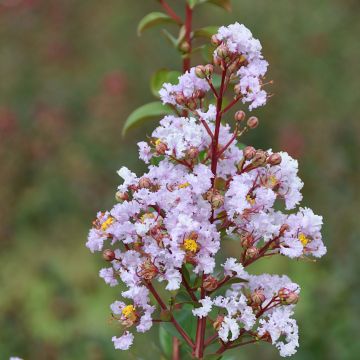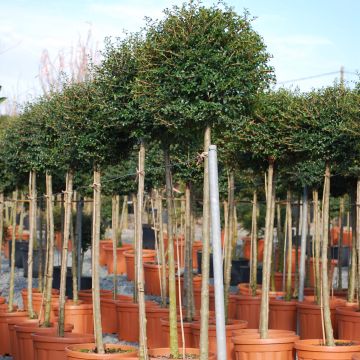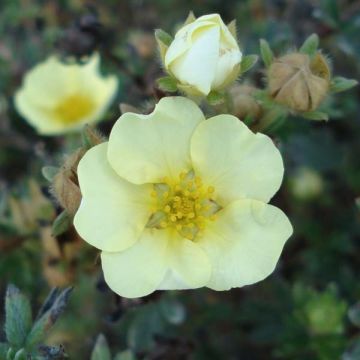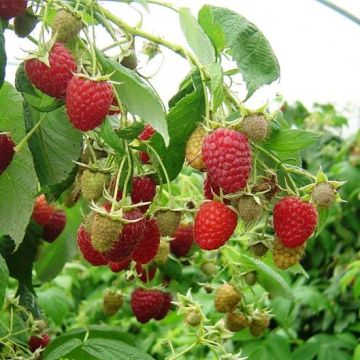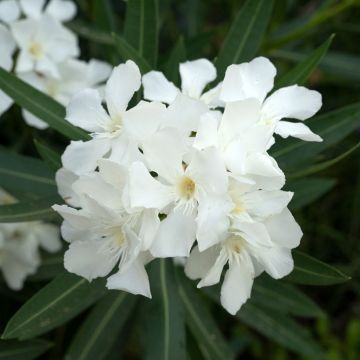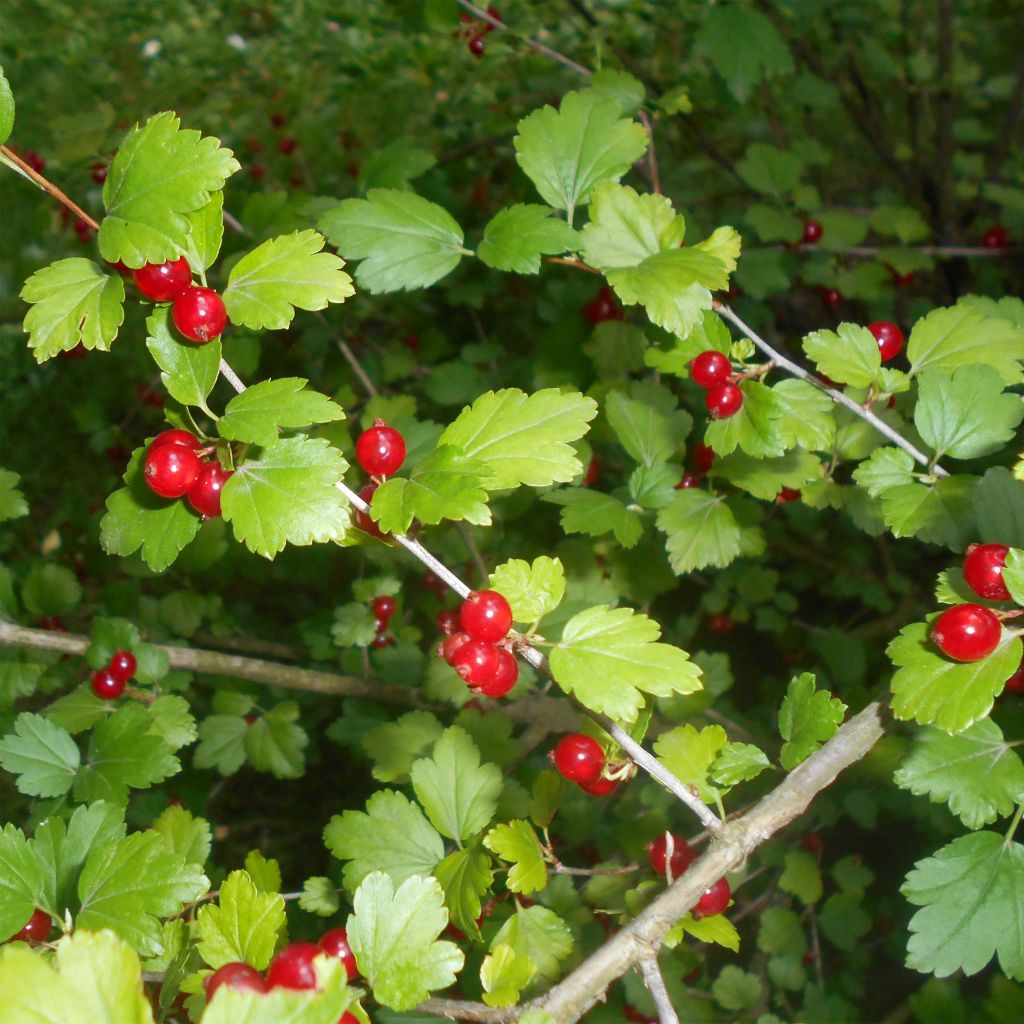

Ribes alpinum - Alpine Currant
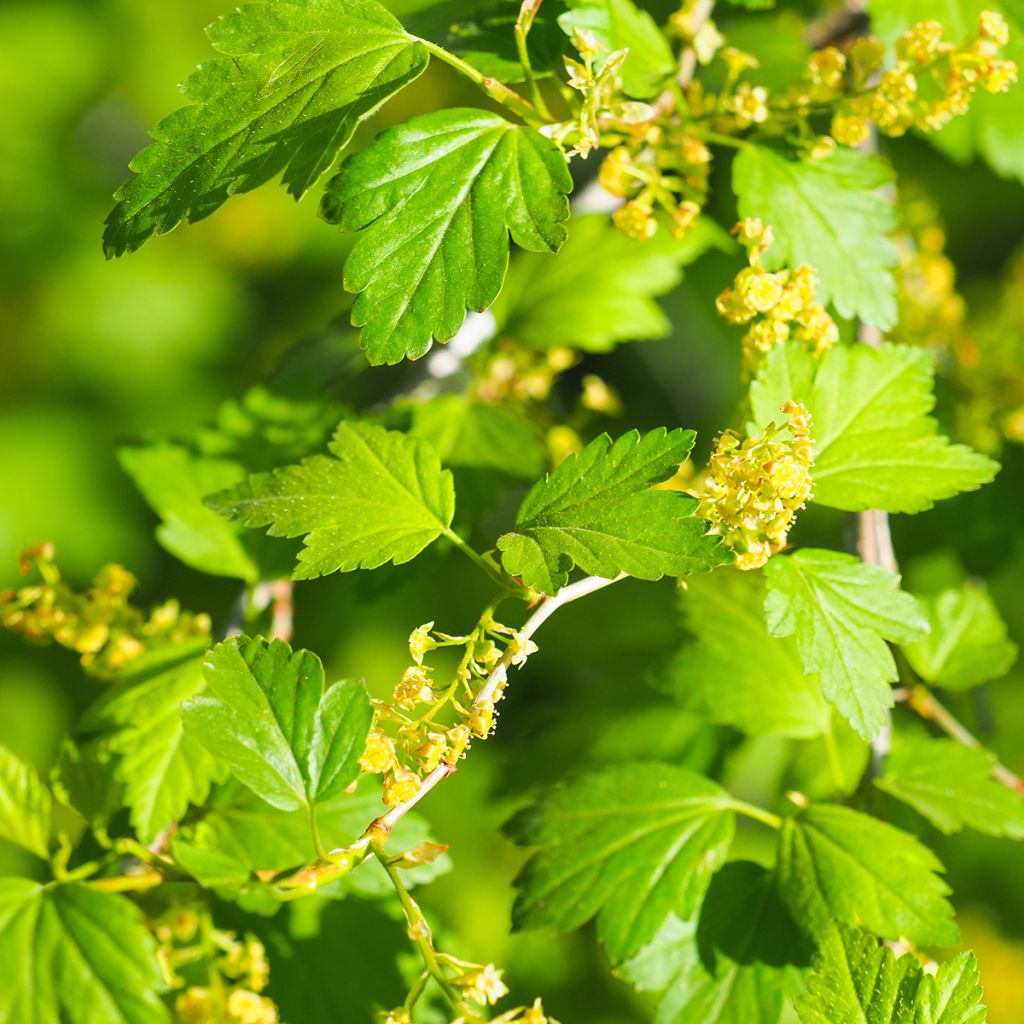

Ribes alpinum - Alpine Currant
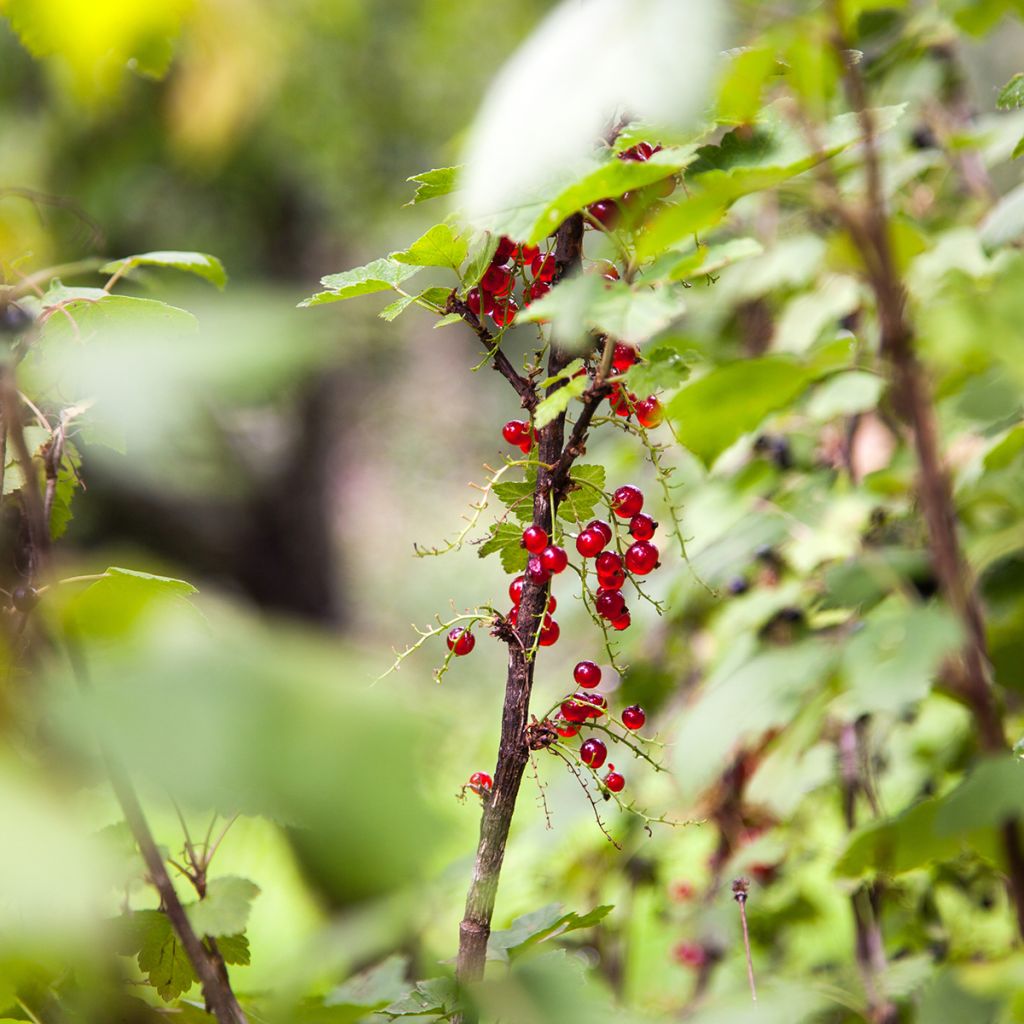

Ribes alpinum - Alpine Currant
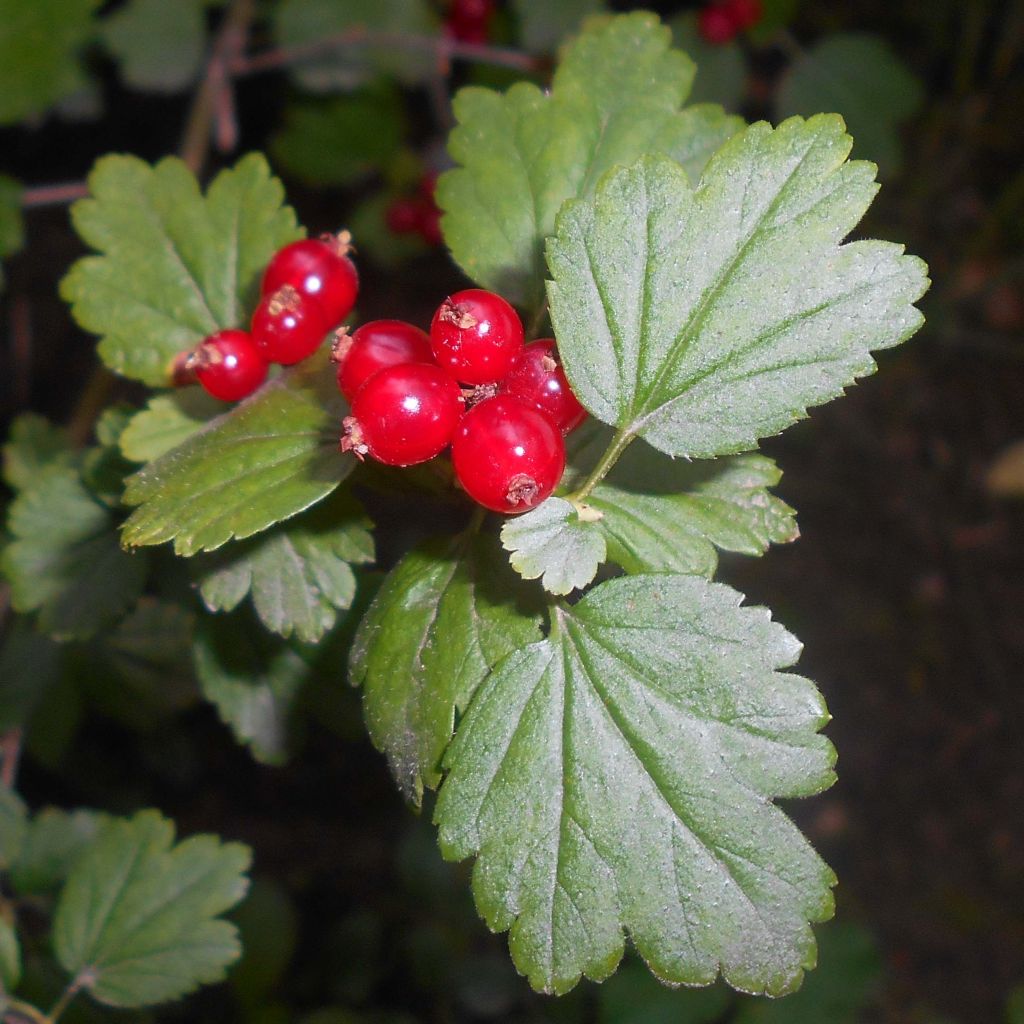

Ribes alpinum - Alpine Currant
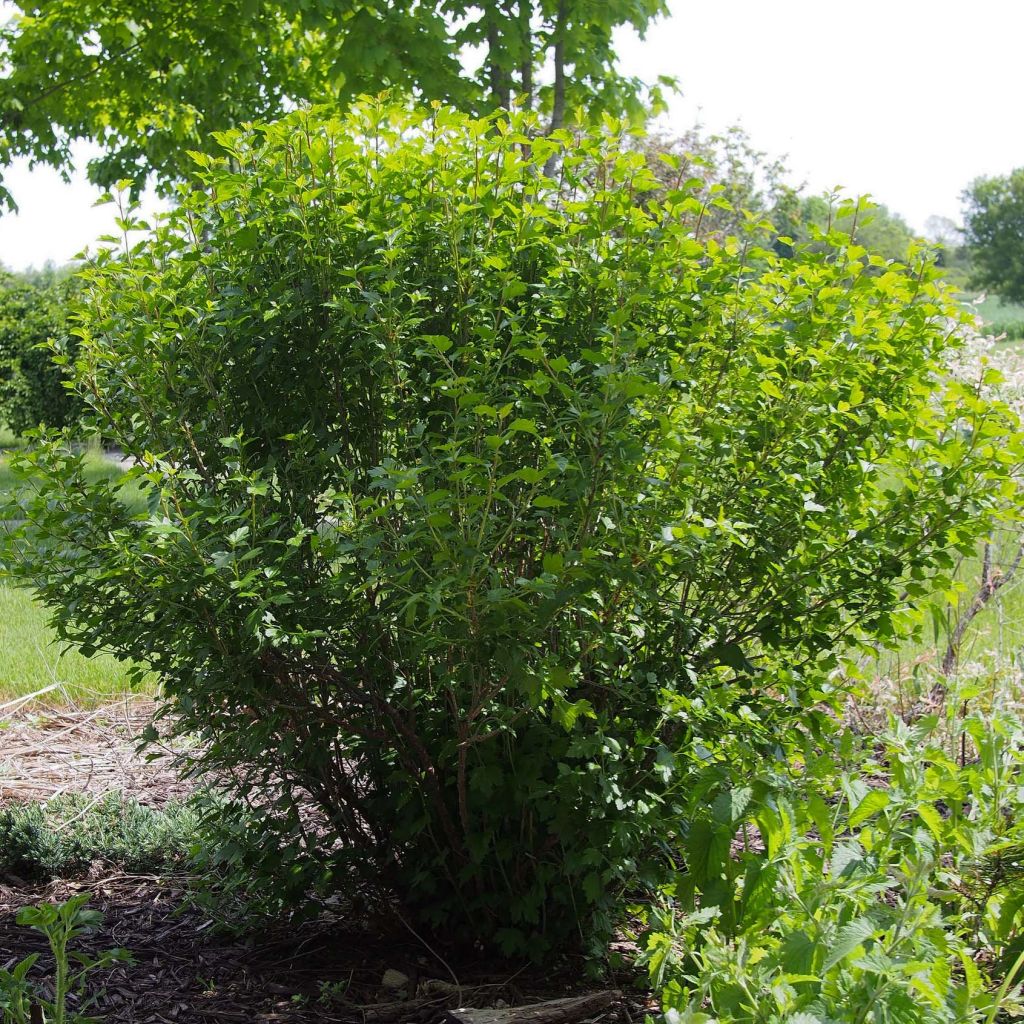

Ribes alpinum - Alpine Currant
Ribes alpinum - Alpine Currant
Ribes alpinum
Alpine Currant, Mountain Currant, Tasteless Mountain Currant
Two beautiful young plants well-developed received quickly and well packaged, no issues.
Olivier, 03/03/2023
Special offer!
Receive a €20 voucher for any order over €90 (excluding delivery costs, credit notes, and plastic-free options)!
1- Add your favorite plants to your cart.
2- Once you have reached €90, confirm your order (you can even choose the delivery date!).
3- As soon as your order is shipped, you will receive an email containing your voucher code, valid for 3 months (90 days).
Your voucher is unique and can only be used once, for any order with a minimum value of €20, excluding delivery costs.
Can be combined with other current offers, non-divisible and non-refundable.
Home or relay delivery (depending on size and destination)
Schedule delivery date,
and select date in basket
This plant carries a 24 months recovery warranty
More information
We guarantee the quality of our plants for a full growing cycle, and will replace at our expense any plant that fails to recover under normal climatic and planting conditions.
Would this plant suit my garden?
Set up your Plantfit profile →
Description
Ribes alpinum is a deciduous bush accustomed to harsh climates in the Alps, the Caucasus, and Siberia. It is a very dense bush, resistant to cold, whose female individuals bear beautiful bright red berries, edible but tasteless. Male plants, on the other hand, offer abundant green flowering in spring. With rapid growth and low requirements, this currant bush is perfect for creating low untrimmed hedges and can help to enhance a country hedge. To produce currants, it is necessary to plant several plants, at least one male and one female.
The Alpine Currant belongs to the family of Grossulariaceae. Native to Northern Europe to Russia, it is not afraid of cold or occasionally dry and chalky soils. It will reach an average size of 1m30 (4.26ft) in all directions, with rapid growth. This flowering currant is a very dense deciduous bush with dense vegetation and a bushy and rounded habit. Its smooth branches are reddish-purple in colour. After the leaves have emerged in April-May, short upright racemes of 10 to 30 small yellow-green flowers appear, quite decorative on male plants. Female plants have more discreet flowering that gives rise, after pollination, to large round berries of scarlet red, ripe in late summer. The deciduous foliage develops very early in spring. It consists of leaves 3 to 5cm (1 to 2in) long, divided into 3 to 5 dentate lobes, medium green in colour, and slightly shiny.
The Alpine Currant will find its place in all gardens, in an informal or country hedge, shrub borders, or even as a stand-alone plant. While it is more floriferous in a sunny location, it accepts shade, which can enhance a north-facing hedge. You can plant it in a spring scene with lilacs, mock oranges, Mexican orange blossom, Syringa microphylla 'Superba', Exochorda racemosa 'The Bride', or even 'Hollandia' broom. Planted in groups of three or four, mixed together, flowering currants create an extraordinary effect, especially at the back of perennial borders.
Ribes alpinum - Alpine Currant in pictures
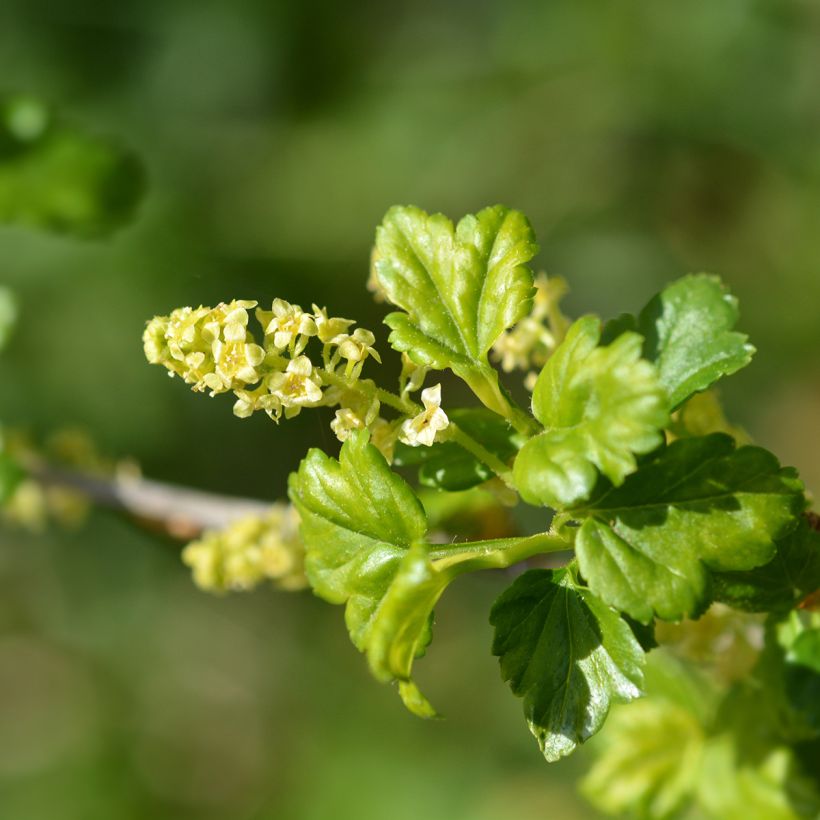

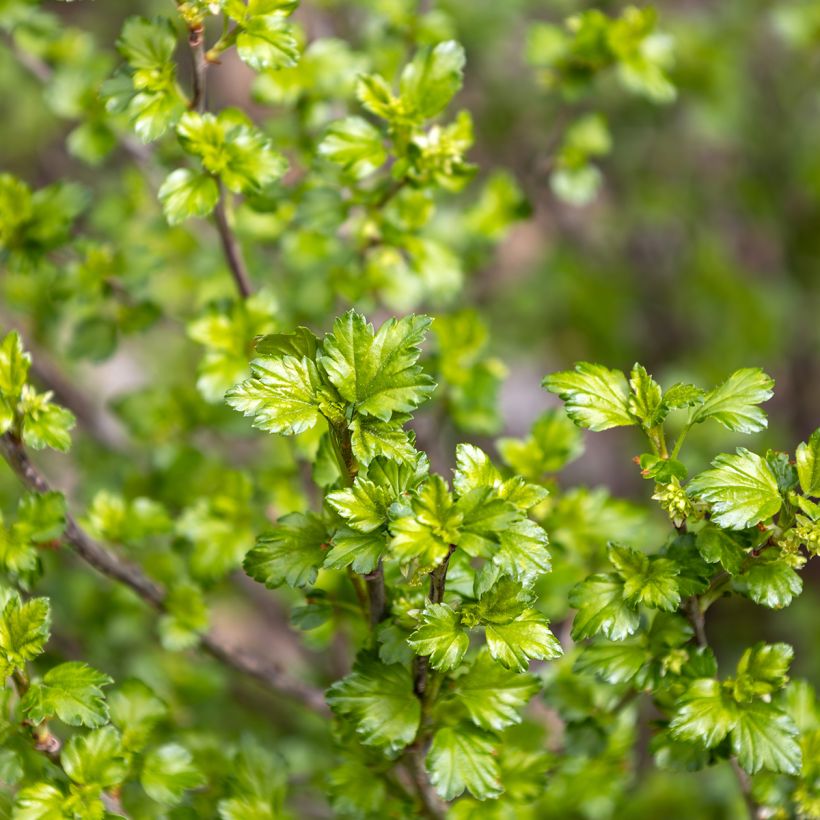

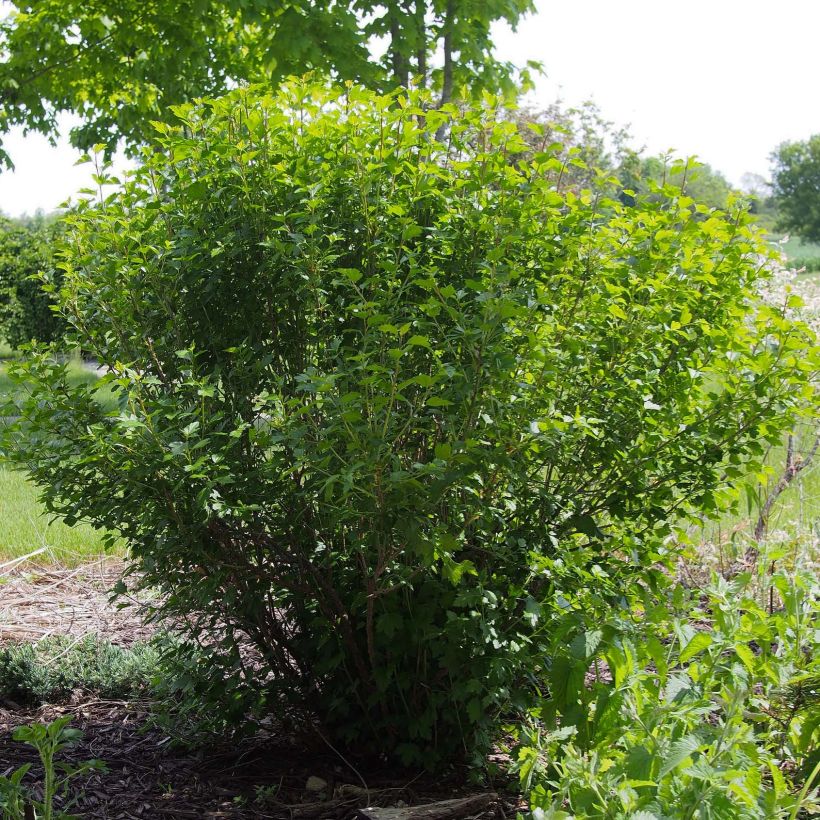

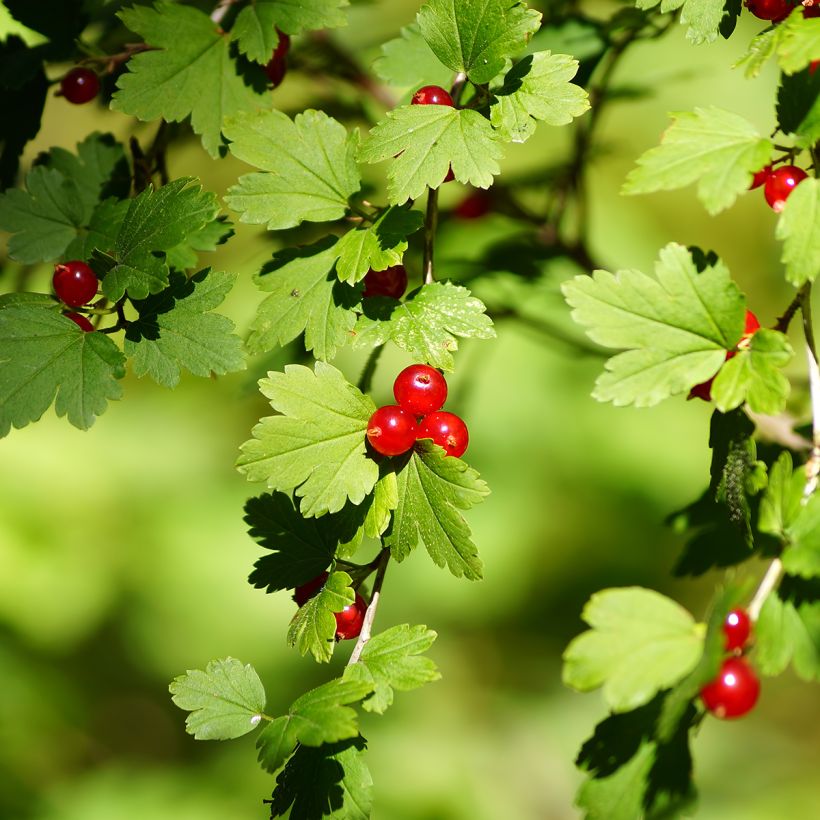

Plant habit
Flowering
Foliage
Botanical data
Ribes
alpinum
Grossulariaceae
Alpine Currant, Mountain Currant, Tasteless Mountain Currant
Alps
Planting and care
Plant Ribes alpinum in ordinary, deep, even limestone soil, rather rich, moist to dry. This bush will thrive in shade, partial shade or in the sun, but will be more floriferous and fruitful in the sun. Once established, it tolerates drought relatively well. The start of vegetation is early. At planting, do not hesitate to bury part of the collar to promote good rooting.
Planting period
Intended location
Care
Planting & care advice
-
, onOrder confirmed
Reply from on Promesse de fleurs
Similar products
Haven't found what you were looking for?
Hardiness is the lowest winter temperature a plant can endure without suffering serious damage or even dying. However, hardiness is affected by location (a sheltered area, such as a patio), protection (winter cover) and soil type (hardiness is improved by well-drained soil).

Photo Sharing Terms & Conditions
In order to encourage gardeners to interact and share their experiences, Promesse de fleurs offers various media enabling content to be uploaded onto its Site - in particular via the ‘Photo sharing’ module.
The User agrees to refrain from:
- Posting any content that is illegal, prejudicial, insulting, racist, inciteful to hatred, revisionist, contrary to public decency, that infringes on privacy or on the privacy rights of third parties, in particular the publicity rights of persons and goods, intellectual property rights, or the right to privacy.
- Submitting content on behalf of a third party;
- Impersonate the identity of a third party and/or publish any personal information about a third party;
In general, the User undertakes to refrain from any unethical behaviour.
All Content (in particular text, comments, files, images, photos, videos, creative works, etc.), which may be subject to property or intellectual property rights, image or other private rights, shall remain the property of the User, subject to the limited rights granted by the terms of the licence granted by Promesse de fleurs as stated below. Users are at liberty to publish or not to publish such Content on the Site, notably via the ‘Photo Sharing’ facility, and accept that this Content shall be made public and freely accessible, notably on the Internet.
Users further acknowledge, undertake to have ,and guarantee that they hold all necessary rights and permissions to publish such material on the Site, in particular with regard to the legislation in force pertaining to any privacy, property, intellectual property, image, or contractual rights, or rights of any other nature. By publishing such Content on the Site, Users acknowledge accepting full liability as publishers of the Content within the meaning of the law, and grant Promesse de fleurs, free of charge, an inclusive, worldwide licence for the said Content for the entire duration of its publication, including all reproduction, representation, up/downloading, displaying, performing, transmission, and storage rights.
Users also grant permission for their name to be linked to the Content and accept that this link may not always be made available.
By engaging in posting material, Users consent to their Content becoming automatically accessible on the Internet, in particular on other sites and/or blogs and/or web pages of the Promesse de fleurs site, including in particular social pages and the Promesse de fleurs catalogue.
Users may secure the removal of entrusted content free of charge by issuing a simple request via our contact form.
The flowering period indicated on our website applies to countries and regions located in USDA zone 8 (France, the United Kingdom, Ireland, the Netherlands, etc.)
It will vary according to where you live:
- In zones 9 to 10 (Italy, Spain, Greece, etc.), flowering will occur about 2 to 4 weeks earlier.
- In zones 6 to 7 (Germany, Poland, Slovenia, and lower mountainous regions), flowering will be delayed by 2 to 3 weeks.
- In zone 5 (Central Europe, Scandinavia), blooming will be delayed by 3 to 5 weeks.
In temperate climates, pruning of spring-flowering shrubs (forsythia, spireas, etc.) should be done just after flowering.
Pruning of summer-flowering shrubs (Indian Lilac, Perovskia, etc.) can be done in winter or spring.
In cold regions as well as with frost-sensitive plants, avoid pruning too early when severe frosts may still occur.
The planting period indicated on our website applies to countries and regions located in USDA zone 8 (France, United Kingdom, Ireland, Netherlands).
It will vary according to where you live:
- In Mediterranean zones (Marseille, Madrid, Milan, etc.), autumn and winter are the best planting periods.
- In continental zones (Strasbourg, Munich, Vienna, etc.), delay planting by 2 to 3 weeks in spring and bring it forward by 2 to 4 weeks in autumn.
- In mountainous regions (the Alps, Pyrenees, Carpathians, etc.), it is best to plant in late spring (May-June) or late summer (August-September).
The harvesting period indicated on our website applies to countries and regions in USDA zone 8 (France, England, Ireland, the Netherlands).
In colder areas (Scandinavia, Poland, Austria...) fruit and vegetable harvests are likely to be delayed by 3-4 weeks.
In warmer areas (Italy, Spain, Greece, etc.), harvesting will probably take place earlier, depending on weather conditions.
The sowing periods indicated on our website apply to countries and regions within USDA Zone 8 (France, UK, Ireland, Netherlands).
In colder areas (Scandinavia, Poland, Austria...), delay any outdoor sowing by 3-4 weeks, or sow under glass.
In warmer climes (Italy, Spain, Greece, etc.), bring outdoor sowing forward by a few weeks.






























